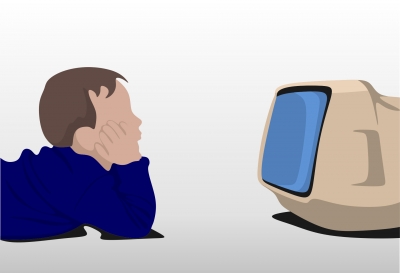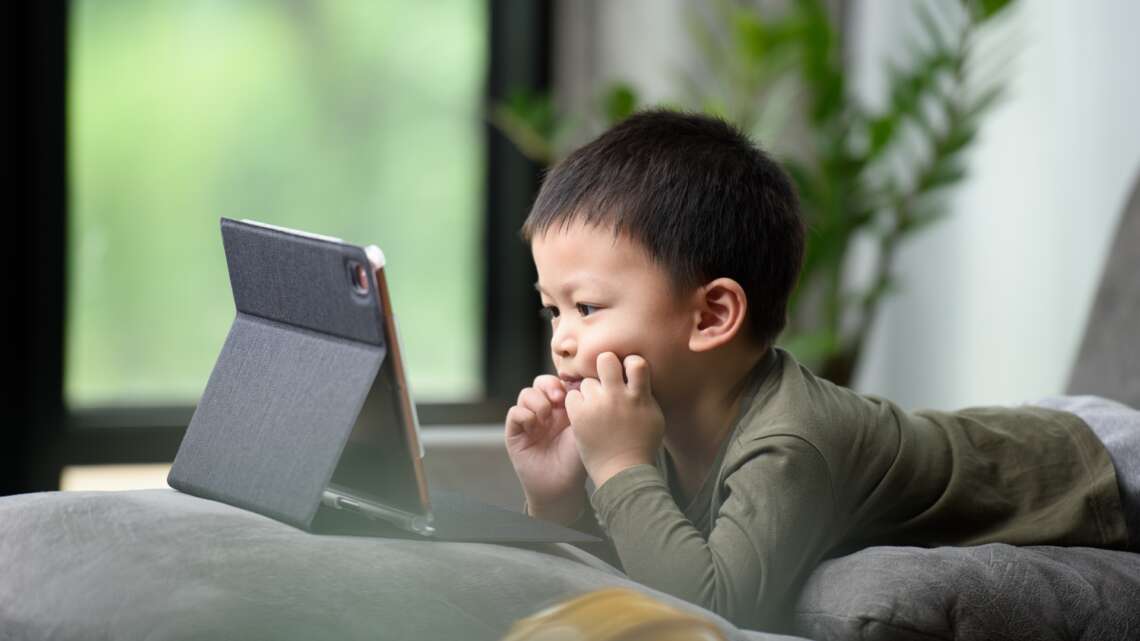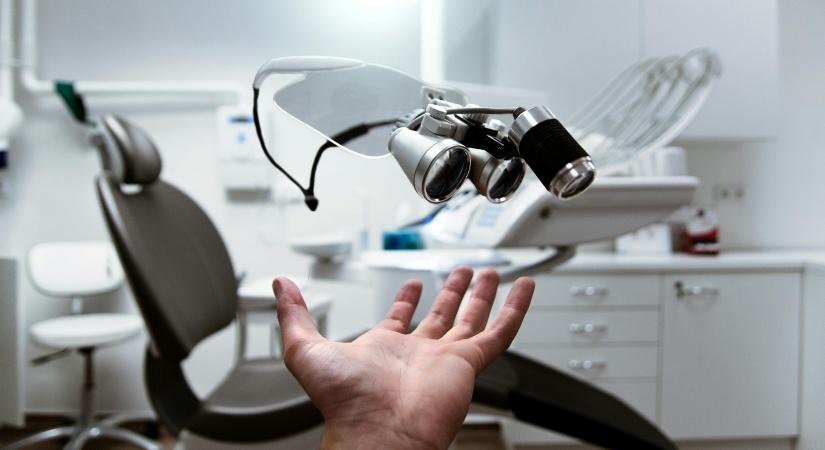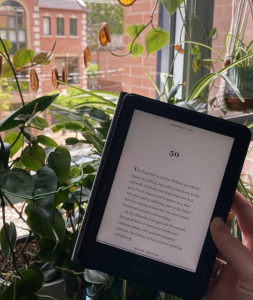Dr. Kirti Singh, Director Professor at Guru Nanak Eye Centre, Maulana Azad Medical College in New Delhi, emphasized that constant focus on digital screens decreases the frequency of eye blinking, leading to dry eyes and discomfort
The growing reliance on digital devices and the associated rise in screen time is driving an alarming increase in myopia, or near-sightedness, especially among children, warned health experts on Monday.
Experts have long raised concerns about the global trend toward an explosive myopia crisis, particularly since the Covid-19 pandemic. With schools shifting to online learning through laptops and tablets, and outdoor activities significantly curtailed, the problem has only worsened. The extended screen time has become a significant factor contributing to the increase in myopia cases worldwide, particularly among the younger population whose eyes are still developing.
“Digital eye strain has become a major concern, particularly among children in the post-Covid era. When children focus on screens for extended periods, their eye muscles remain contracted. Over time, this prolonged strain can contribute to the development of myopia, particularly in young, pliable eyes,” said Dr. Anuj Mehta, Professor and Head of Ophthalmology at VMMC and Safdarjung Hospital, speaking at the ‘Illness To Wellness’ Summit organized by ASSOCHAM.
Myopia is a condition where distant objects appear blurry while close-up objects can be seen clearly. It occurs when the eyeball elongates, or the cornea becomes too curved, leading to an inability to focus on distant objects.
Dr. Kirti Singh, Director Professor at Guru Nanak Eye Centre, Maulana Azad Medical College in New Delhi, emphasized that constant focus on digital screens decreases the frequency of eye blinking, leading to dry eyes and discomfort. “This issue is exacerbated in cramped spaces with poor ventilation, excessive air conditioning, or exposure to smoke — all of which are common in what is known as ‘sick building syndrome,’” Singh explained.
The risk of developing eye problems extends beyond just myopia. Ophthalmologist Dr. A.K. Grover from a city-based hospital further explained the broader implications of prolonged screen time on eye health. “When we spend long hours focusing on screens, our ability to shift focus between near and distant objects diminishes. This can cause focusing difficulties, fatigue, and even poor posture, leading to neck and head strain, which adds to overall discomfort,” said Grover.
Furthermore, Dr. Singh highlighted that digital eye strain doesn’t just impact the eyes. “Our body functions as a connected system. Eye health is intricately linked to the health of other organs such as the liver, heart, and kidneys,” she noted, underlining the broader systemic effects of prolonged screen exposure.
The widespread use of digital devices, especially among children, has made it nearly impossible to completely eliminate screen time. However, the experts agree that proactive measures can be taken to minimize the harmful effects of digital eye strain. They emphasized the importance of achieving balance by encouraging children and adults to engage in more outdoor activities that can help strengthen long-distance vision.
A key recommendation from the experts is to follow the 20-20-20 rule. This rule suggests that after 20 minutes of screen time, individuals should take a 20-second break and look at an object that is 20 feet away. Such regular breaks can help alleviate the strain caused by prolonged screen usage and prevent the onset of eye-related issues.
In addition to the 20-20-20 rule, the experts strongly recommend incorporating at least two hours of outdoor activity into daily routines. Outdoor activities, particularly those that involve looking at objects in the distance, can significantly help in reducing the risk of myopia. “Spending more time outdoors allows the eyes to relax and focus on distant objects, which helps counter the effects of prolonged screen time,” said Dr. Mehta.

Experts also stressed that despite these strategies, there is no one-size-fits-all solution, and managing digital eye strain requires a combination of approaches. Encouraging children to take breaks, limiting screen time where possible, and promoting physical activity are all crucial in reducing the risk of developing myopia and other eye-related issues.
In addition to lifestyle modifications, regular eye checkups are essential, particularly for children who are still in the early stages of eye development. Early detection of myopia can help prevent its progression and ensure better long-term eye health.
As the use of digital devices continues to increase, especially among younger generations, the role of awareness and preventive measures becomes even more critical. By adopting simple steps to balance screen time and incorporating outdoor activities, we can protect future generations from the growing threat of myopia and related eye health issues.
With the increasing prevalence of myopia and digital eye strain, it is imperative for parents, educators, and healthcare professionals to work together to create environments that support healthier screen habits. The key lies in striking a balance that promotes both digital engagement and physical activity to maintain overall well-being and vision health.













